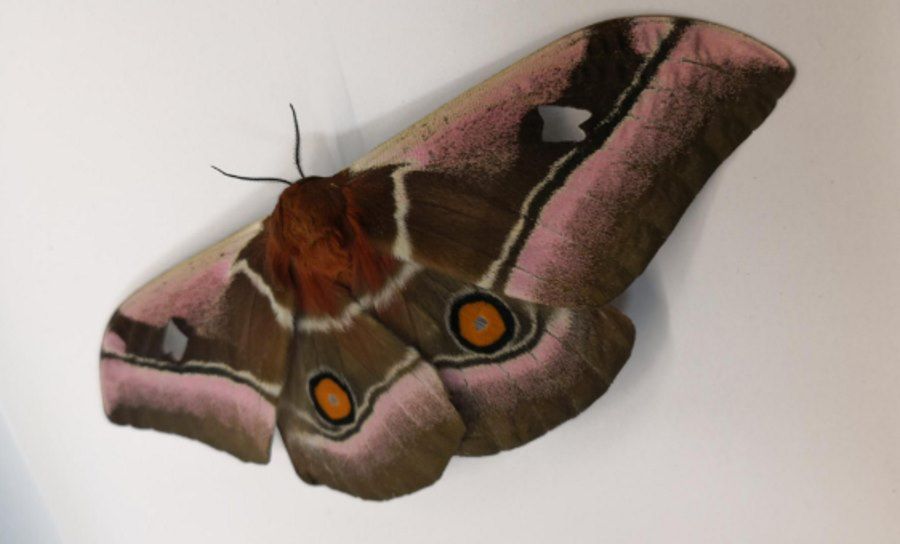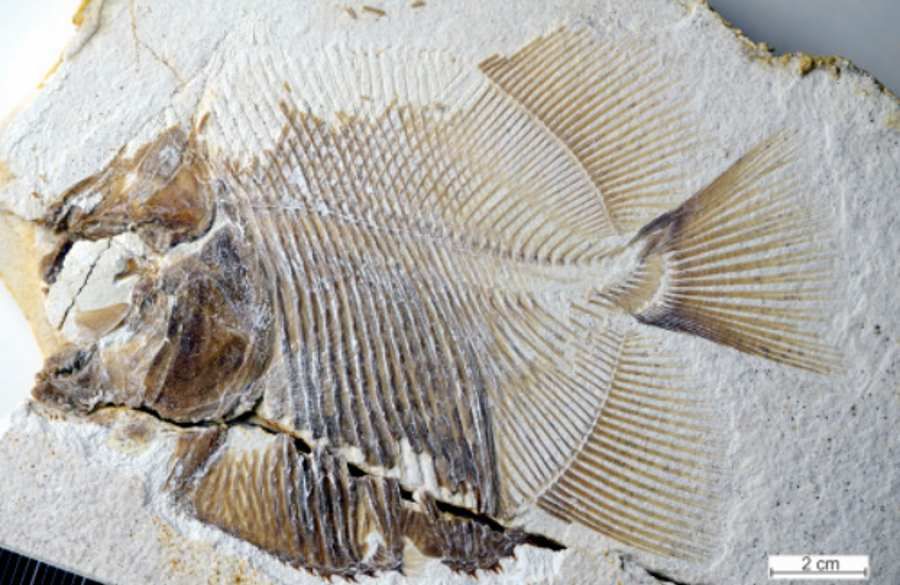Moths are protected by acoustic camouflage
Moths have evolved a very interesting way to protect themselves from bats that greatly increases their chances of survival. Researchers at the University of Bristol in the UK have shown that the fur of night butterflies, acts as acoustic camouflage that allows moths to remain unnoticed.
Moths are the primary source The moths are protected by camouflage re use echolocation to hunt their prey. British scientists have studied how moths make resistance r to their pursuers. The evolutionary arms race between predator and prey has given rise to many impressive defence mechanisms. In the case of nocturnal butterflies, the mechanism is their hairiness.
Moths don’t have the same beauty as their daytime lifestyle relatives. But they boast a mechanism that The satellite is impressing the most technologically advanced military units. Research on acoustic camouflage was published in „Journal of Acoustical Society of America”.
Some re moths have evolved a tympanal organ (the insect’s auditory organ ), thanks to which ru detect ultrasound caused by bats, but many kinds of nocturnal butterflies remain deaf. This does not mean that they have no protection against bats. They have a kind of acoustic camouflage, which ry helps them avoid the fate of the snack.
Bats are unusual predators. They use echolocation to navigate in space and forage for food. The kr series t sound high-frequency light bounces off the environment and then returns allowing the bat to locate prey. But the image that reaches the bat is distorted by the moth’s fur.
– Fur provides moths with the ability to hide in all environmentally relevant ultrasonic frequencies. Acts as a light porous acoustic silencer, making camouflage easier and greatly increasing the chances of survival – said Thomas Neil, a bioacoustics researcher at the University of Bristol and head of the a prolific author of research on the camouflage of nocturnal butterflies.
The hairs on the moths absorb the ultrasound emitted by the bats, which in turn reduces its return force, making it harder for the bats to locate their prey. To find out how effective such camouflage is, scientists por They have determined the acoustic properties of two of two deaf species in moths, which hich are a delicacy for bats. The role of the control group was played by individuals dw hich species in butterflies, which that are not targeted by flying mammals . Study uses acoustic tomography to quantify echo strength.
The removal of hair from the trunk and the moth’s life increased its risk of being detected by a bat by up to 38 percent. Additionally, researchers have determined that the hairs on butterflies do not have similar properties to those on their night-living relatives.
– We discovered that moth hair is zar both thicker and denser than butterflies. These parameters appear to be related to the absorption properties of fur. „Hair” The moths were able to absorb up to 85 percent of the impacting sound. Maximum absorption in butterflies was only 20 percent – explained Neil.
This unique shell gives moths an advantage over bats. It also offers inspiration for scientists in, which e have been able to develop new, highly effective sound absorbers or other noise control devices. – The dark fur is thin, lightweight and acts as an omnidirectional ultrasonic absorber, which The performance of this species is a result of the comparable to currently manufactured sound-absorbing foams – explained Neil.



